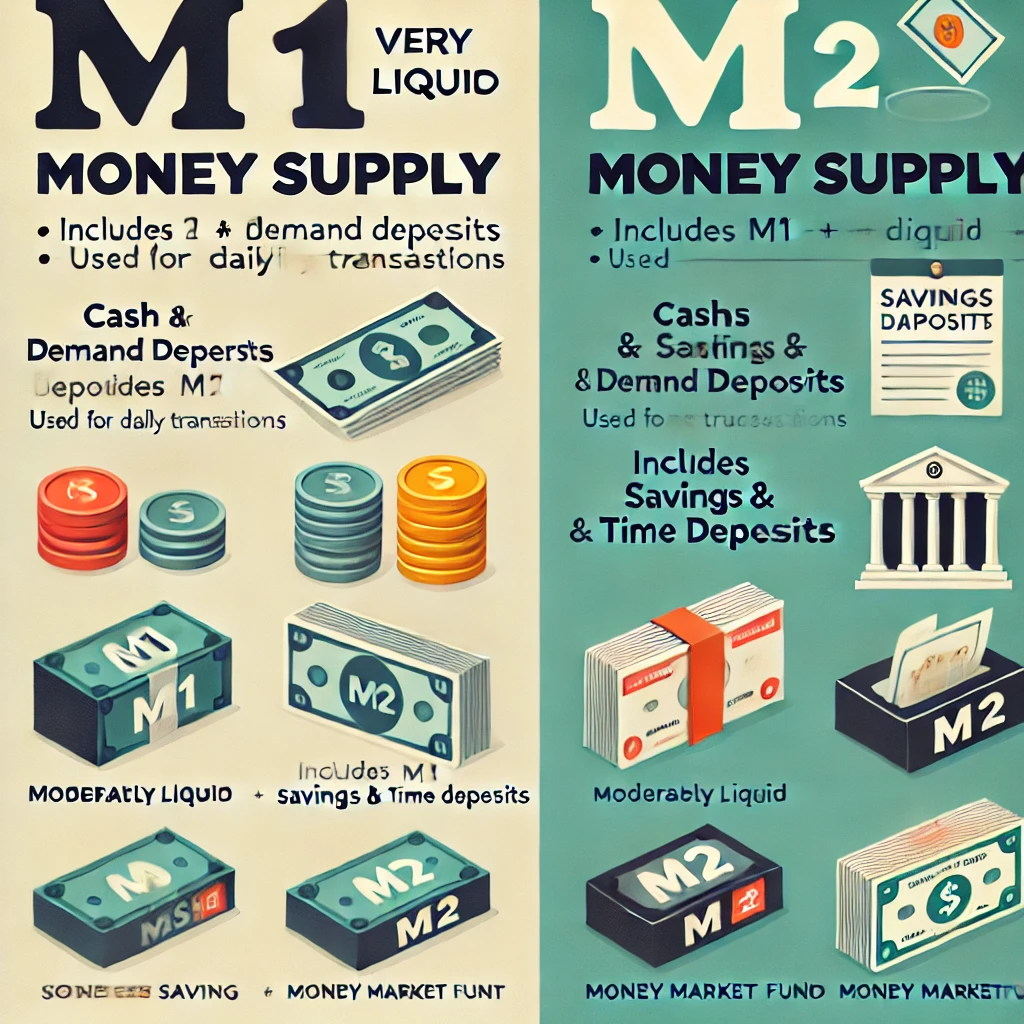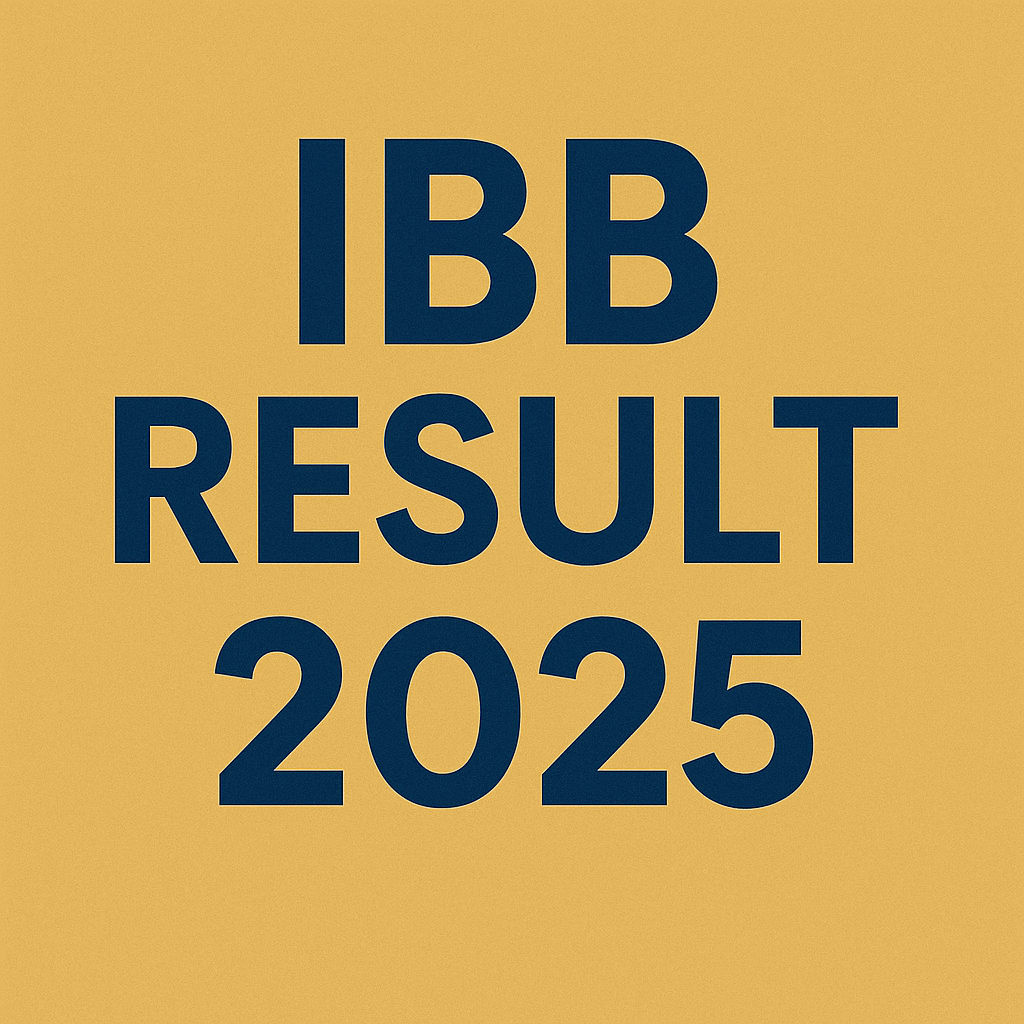How Money Supply is Measured
Money supply refers to the total amount of money circulating in an economy at a particular time. It is usually measured using different categories or aggregates that represent varying levels of liquidity. The main measures are M1, M2, and sometimes M3 (though M3 is not commonly used in many countries today).
M1 Money Supply (MI)
M1 is the narrowest and most liquid form of money, including:
- Currency in circulation (notes and coins)
- Demand deposits (checking accounts)
- Other checkable deposits
- Traveler’s checks
Features:
- Highly liquid (can be spent immediately)
- Used for everyday transactions
M2 Money Supply
M2 includes everything in M1 plus slightly less liquid forms of money, such as:
- Savings deposits
- Time deposits (under a certain amount, usually under $100,000)
- Money Market Mutual Funds (retail)
Features:
- Less liquid than M1
- Used for savings and investment, not daily transactions
Comparison Table
| Feature | M1 (MI) | M2 |
|---|---|---|
| Liquidity | Very high | Moderately high |
| Components | Cash, demand deposits | M1 + savings, time deposits, MMMFs |
| Usage | Everyday transactions | Savings and short-term investment |
| Size | Smaller than M2 | Larger than M1 |
Summary
- M1 = Cash + demand deposits (most liquid)
- M2 = M1 + savings & time deposits (less liquid, broader)
These indicators help central banks and policymakers gauge inflationary pressure, control interest rates, and manage the economy effectively.



